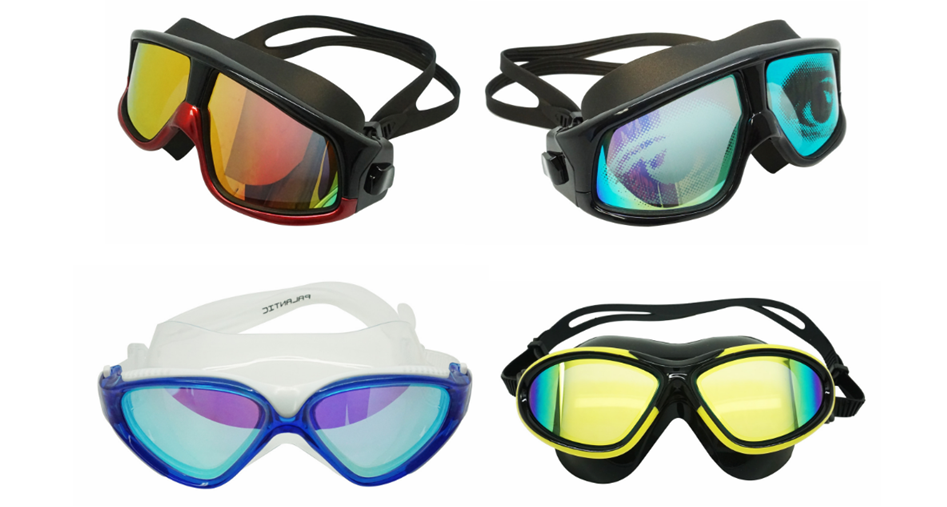5th Mar 2018
Tips When Buying Swimming Goggles
It’s pretty hard to swim when you don’t know where you’re going. This is why swimming goggles are so in demand, especially during the summer months. Moreover, with the growing number of online retailers such as eBay, buying one is easier than ever.
There’s just one problem with online shopping — you can’t fit the goggles. This is why you must use a strategy that’s entirely different than when you we’re shopping traditionally. As long as you buy from a site that offers detailed description of a product, such as eBay, you’ll do just fine.
What do you need to do when buying swimming goggles, then?

1. Check the socket and lens size
Both factors serve as indicators of a goggle’s size, which is classified as either small or large. The socket size refers to the protective cover surrounding the lens of a goggle. Because a small socket tends to be harsh on the orbital bone, only a few swimmers prefer it. Large socket, on the other hand, may not fit snugly around the eye socket. To help you make a final decision, check if a goggle comes with a suction device to keep it in place.
As for the lens size, you have two options: large and small. The former allows you to see more, because it offers a wide-angle view or what is considered a “natural” view. The latter, on the other hand, can be likened to putting the blinders on. When you put on a small-lens goggle, your field of vision becomes limited, allowing you to focus on a particular range of space. This makes it ideal for when you are competing.
2. Shape
Unlike clothes, goggles only come in 3 shapes, which make it easier for you to make a choice. A Swedish goggle is primarily designed for competitive swimmers. It sits right on the eye socket and has less drag, compared to recreational goggles.
The classic shape, also known as gasket goggles, is the most common and widely-used type. It comes in either silicone or foam. Then there’s the swim mask, which is a combination of a traditional goggle and snorkel mask. It’s a favorite among children, and is super comfortable.
3. Lens Color
With an array of lens color available, choosing the best one can be a bit of a challenge. Here’s one factor you should always remember — different shades perform differently in certain light conditions.
- Amber lens is ideal for all environments, because it offers excellent vision for both high and low light levels. Even in broad daylight, you won’t have to squint so much.
- Clear lens is perfect for low light environments, such as an indoor pool, murky open water and other swimming areas with dark conditions. And, as long as lighting is consistent, it will provide accurate vision.
- Blue or violet lens is ideal for when you’re unsure of the conditions that await you. It allows a moderate level of light to enter the eye, while reducing glare, making it an ideal choice for everyday use and training.
- Smoked lens is perfect for swimming out in the sun. Because the lenses are darker, they provide ample protection from high levels of light. Among the various types of goggles, this is the closest you can get to wear sunglasses while swimming.
- Mirrored lens reflect the light away from the eyes, making it ideal for swimming outdoors. Swimmers also use it as a competitive strategy, because their opponents won’t be able to see their eyes and read their next move.
Aside from these factors, you should take into account the assembly. Because some goggles may come in separate parts, instead of fully assembled, you should buy one that is easy to put together.

